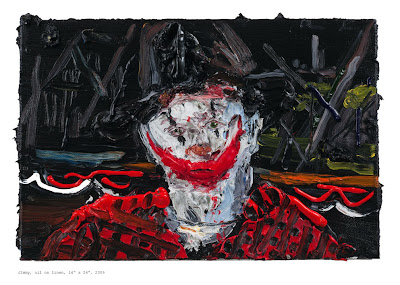These are some of more than 200 photographs* recently released by the Huntington Beach, California, and New York City police departments, taken by convicted serial killer and rapist Rodney Alcala. The images, gleaned from a cache of over 2000 found in a storage locker, were all taken before Alcala's 1979 arrest for the murder of a 12 year old. (I believe six more murder charges have been added over the years, with two coming just this month).
I like these photographs. Their provenance makes it virtually impossible not to see in them a predatorial eye. It gives them a lurid charge. But had I not known where they were from, I would still like them.//
Alcala, who passed himself off as a photographer, appeared on The Dating Game in 1978, about the same time he was to have killed the 12 year old. He was Bachelor #1 and won the date. Bachelorette Cheryl Bradshaw decided not to go out with him.//
* These are not, to my knowledge, images of victims.
I like these photographs. Their provenance makes it virtually impossible not to see in them a predatorial eye. It gives them a lurid charge. But had I not known where they were from, I would still like them.//
Alcala, who passed himself off as a photographer, appeared on The Dating Game in 1978, about the same time he was to have killed the 12 year old. He was Bachelor #1 and won the date. Bachelorette Cheryl Bradshaw decided not to go out with him.//
* These are not, to my knowledge, images of victims.










































